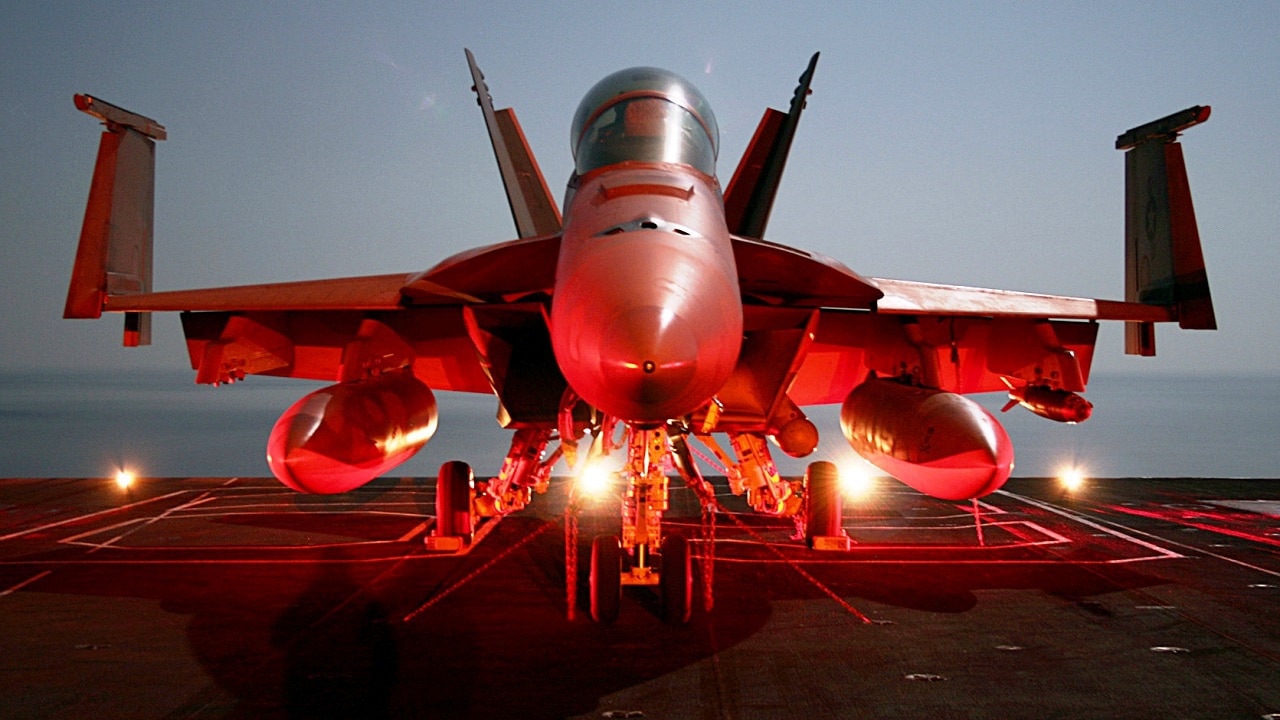The F/A-XX is an upcoming sixth-generation fighter currently being developed by the United States Navy. The project aims to replace the aging F/A-18 Hornet and operate alongside the F-35C. While the concept is worth pursuing, some challenges must be addressed before the F/A-XX is ready to take flight.
Despite being advertised for its long-range, critics are concerned that the fighter’s intended range is still insufficient to protect its aircraft carriers from contemporary threats.
F/A-XX: Origins and Development
The program was initiated in response to the anticipated retirement of the F/A-18E/F Super Hornet, which will reach the end of its service life by the early 2030s.
The Navy issued a formal request for information (RFI) in April 2012, seeking proposals for a new air superiority fighter with multi-role capabilities.
The program addresses evolving threats and operational challenges, particularly in countering Chinese anti-access/area denial (A2/AD) environments.
25% more range than an F-35C
One of the core selling points of the F/A-XX is its significantly increased range. The aircraft is expected to have over 25% of the current F/A-18E/F Super Hornet and F-35C range, which has a combat range of approximately 1,275 nautical miles.
This extended range is intended to provide greater operational flexibility and reach, allowing the Navy to project power more effectively across vast distances (we’ll discuss whether this range is enough further down).
Additionally, the will be equipped with advanced refueling capabilities, enabling it to stay airborne for extended periods.
As a sixth-generation aircraft, stealth technology is critical to the F/A-XX design. The aircraft will feature advanced stealth features that reduce its radar cross-section, making it more difficult for enemy radar systems to detect and track. This stealthiness and enhanced survivability features will enable the F/A-XX to penetrate heavily defended airspace and engage high-value targets with minimal risk.
Other Features
Another hallmark of the F/A-XX is the integration of artificial intelligence (AI). The aircraft will leverage AI to enhance battle space management, allowing for more efficient and effective decision-making in complex combat scenarios. This AI integration will enable the F/A-XX to operate in a “man on the loop” mode, where human pilots oversee and manage the aircraft’s operations rather than directly controlling every aspect. This approach will improve situational awareness and reduce pilot workload.
The F/A-XX is designed to be a versatile multi-role fighter capable of performing various missions. These include air-to-air combat, ground attack, surface warfare, close air support, reconnaissance, surveillance, and electronic warfare. This versatility ensures that the F/A-XX can adapt to various operational requirements and comprehensively support naval forces.
The F/A-XX will have state-of-the-art sensors and communication systems, providing maximum connectivity and situational awareness. These advanced sensors will enable the aircraft to gather and share real-time battlefield information with other platforms, enhancing the overall effectiveness of naval operations.The concept of “smart skins,” where sensors are embedded into the aircraft’s surface, may also be explored to enhance its capabilities further.
Why the Navy Wants the F/A-XX
Several strategic factors necessitate the need for the F/A-XX. As adversaries, especially China, continue developing their own advanced fighter jets and air defense systems, the F/A-XX must provide the technological edge needed to counter these threats effectively. Furthermore, it is essential for the Navy to have a sixth-generation fighter that can be stationed on an aircraft carrier, further cementing the need for a specialized fighter.
Moreover, the F/A-XX is expected to be pivotal in the Navy’s Next Generation Air Dominance (NGAD), now the F-47 family of systems. This integrated approach combines manned and unmanned platforms to create a cohesive and adaptable force capable of addressing a wide range of operational challenges.
The F/A-XX, as a sort of “mothership,” will work in tandem with unmanned systems to enhance overall combat effectiveness.
Not Enough Range for F/A-XX?
While the F/A-XX sounds promising, there are still some issues with the project. Even with 25% more range than the F-35C, The F/A-XX does not have enough range to put US carriers out of risk of Chinese missiles. China’s DF-26 anti-ship IRBM has a range of around 2,500 miles (estimates vary on this, but 2,500 is the most accepted range in most literature on the subject), double the operational range of the F/A-XX. This distance discrepancy is a glaring flaw for an aircraft advertised on its long range.
The budget is another concern for the program. Anyone tracking the F-35 and NGAD program is already aware of how costly next-generation aircraft can be. As a sixth-generation fighter, the F/A-XX is likely to cost as much, if not more, than its predecessors. The NGAD program was temporarily paused and almost canceled entirely due to budget concerns. The last thing the Navy needs is for the F/A-XX to meet the same fate.
Super Hornet: What the F/A-XX Will Replace (A Photo Essay)
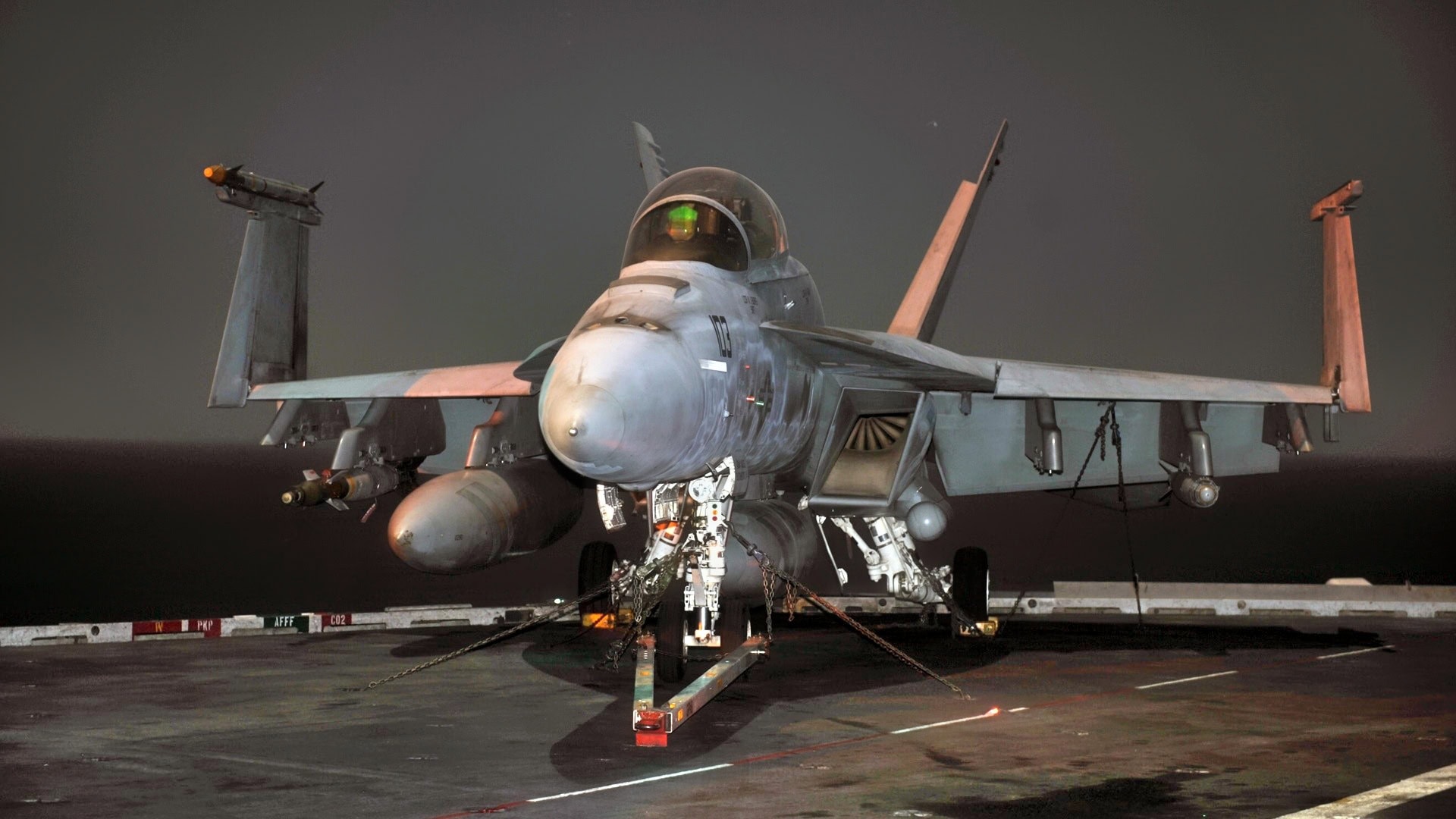
FA-18 Super Hornet. Image Credit: Creative Commons.
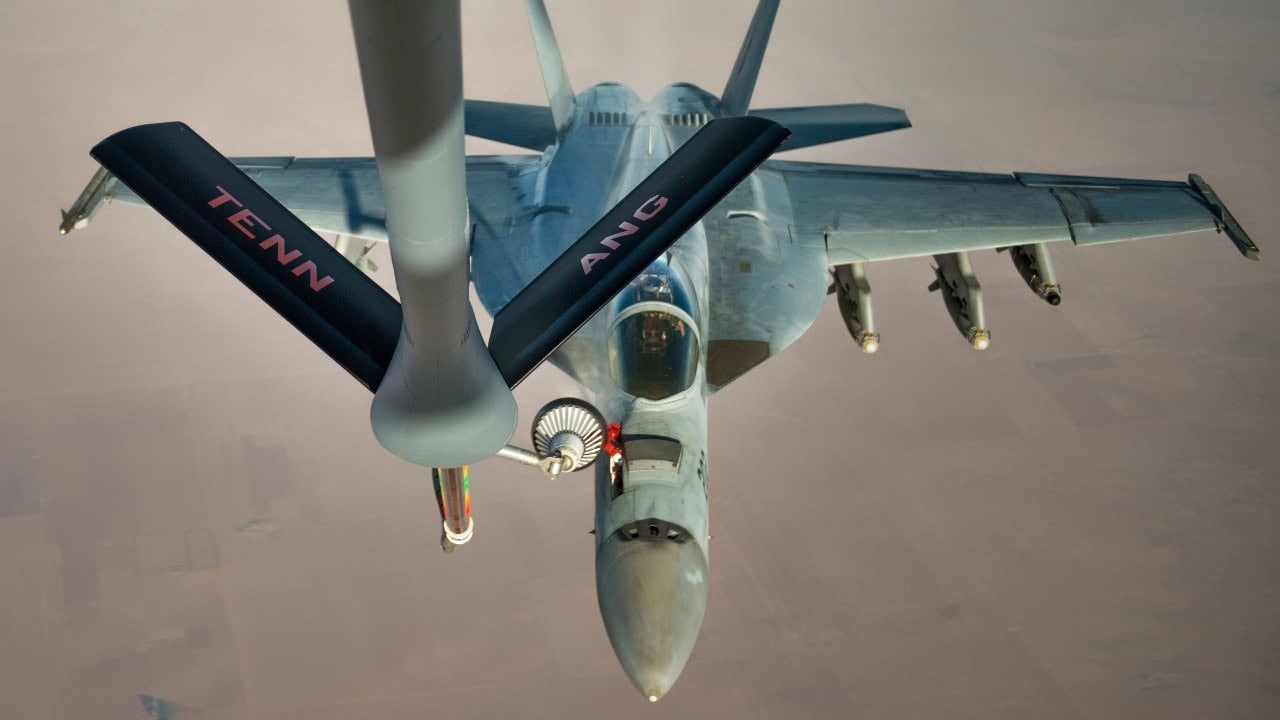
A U.S. Navy F/A-18 Super Hornet receives fuel from a KC-135 Stratotanker over Iraq in support of Operation Inherent Resolve Oct 17, 2016. The KC-135 provides the core aerial refueling capability for the U.S. Air Force and has excelled in this role for more than 50 years. (U.S. Air Force photo by Staff Sgt. Douglas Ellis/Released)
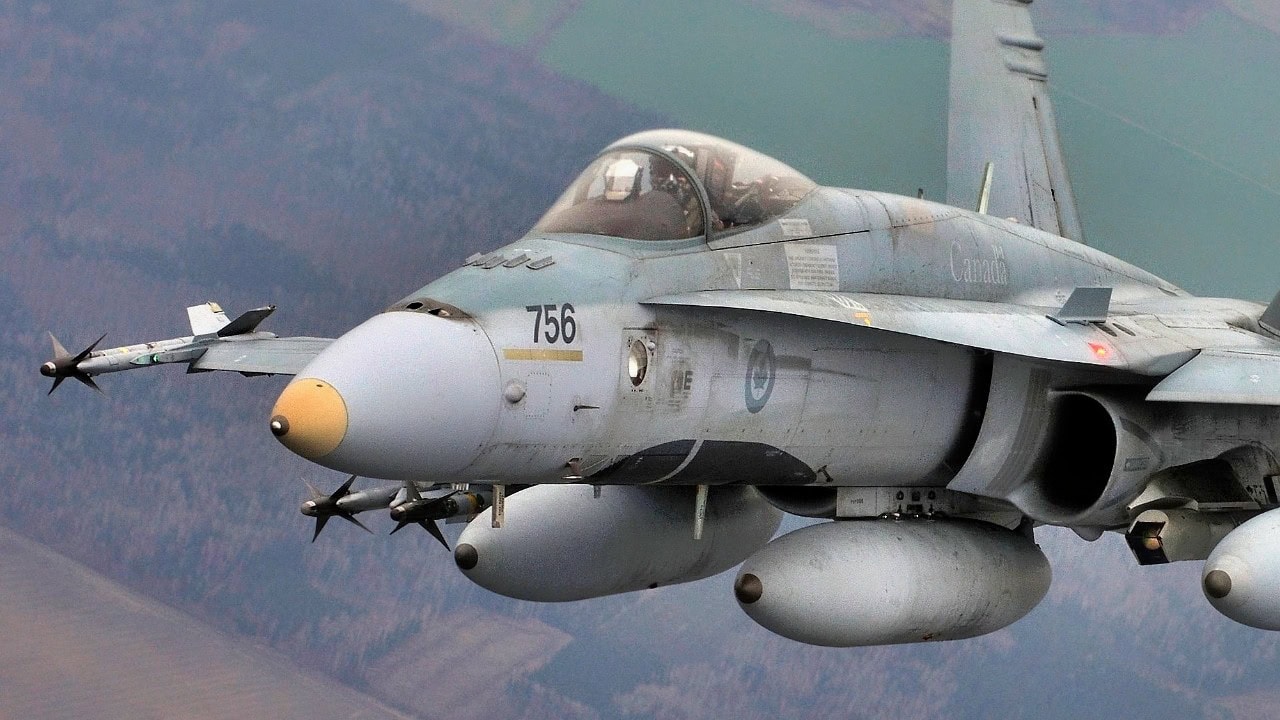
A CF-188 Hornet from the Canadian Air Task Force Lithuania flies over Lithuania on November 20, 2014 for the NATO Baltic Air Policing Block 36 during Operation REASSURANCE.
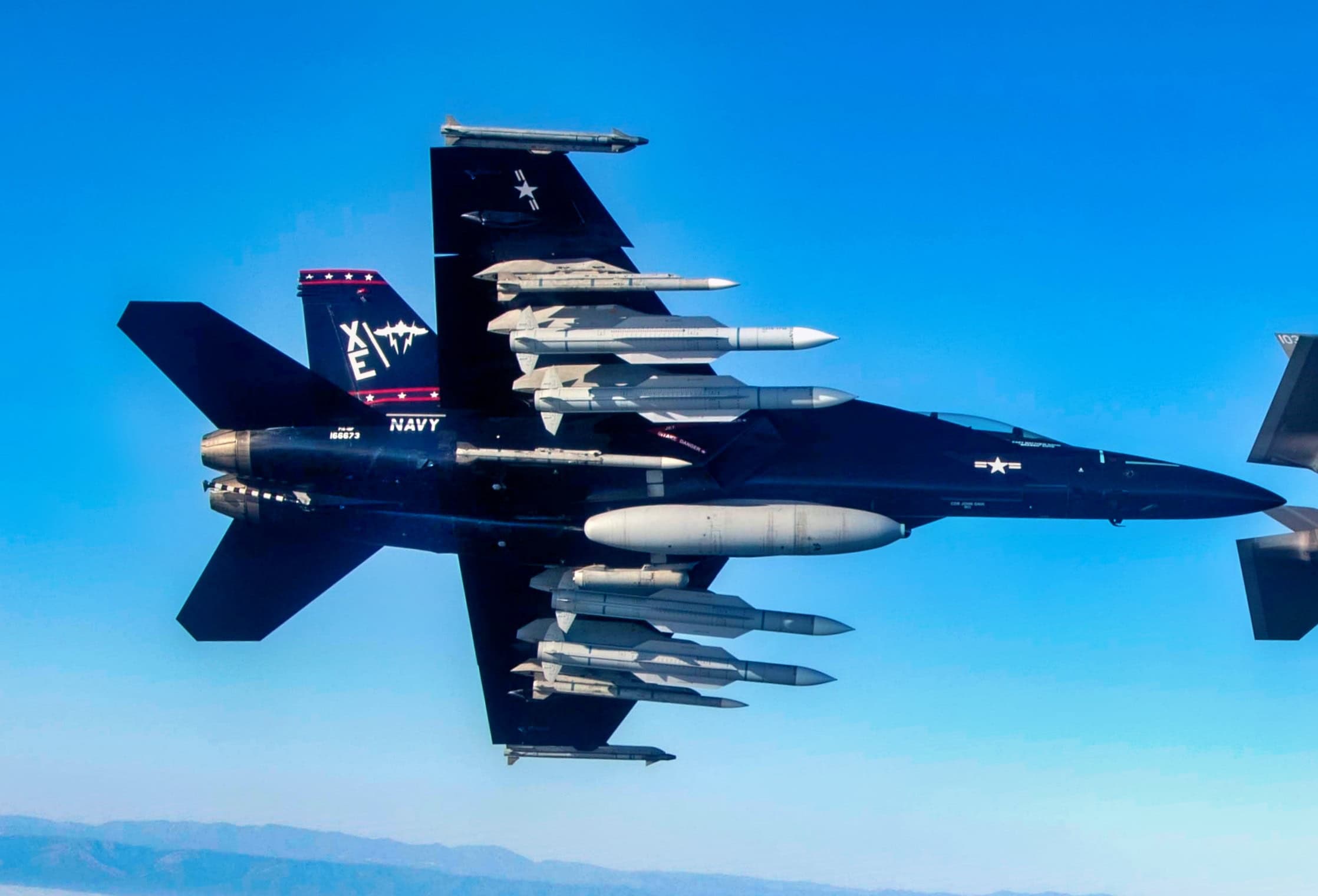
A U.S. Navy F/A-18F and F-35, both assigned to Air Test and Evaluation Squadron (VX) 9, fly over the Point Mugu Sea Range in Southern California with a U.S. Air Force F-15 during Gray Flag 2024 on Sept. 24, 2024. Gray Flag is an annual large-force test event that brings the joint force together to test and evaluate multi-domain systems in a maritime environment, ensuring our nation’s warfighters are equipped with effective, interoperable systems that will help them deter aggression, protect our nation’s prosperity and security, and return home safely to their families. (U.S. Navy photo by Lt. Cmdr. Kory Hughs)
About the Author: Isaac Seitz
Isaac Seitz, a 19FortyFive Defense Columnist, graduated from Patrick Henry College’s Strategic Intelligence and National Security program. He has also studied Russian at Middlebury Language Schools and has worked as an intelligence Analyst in the private sector.

